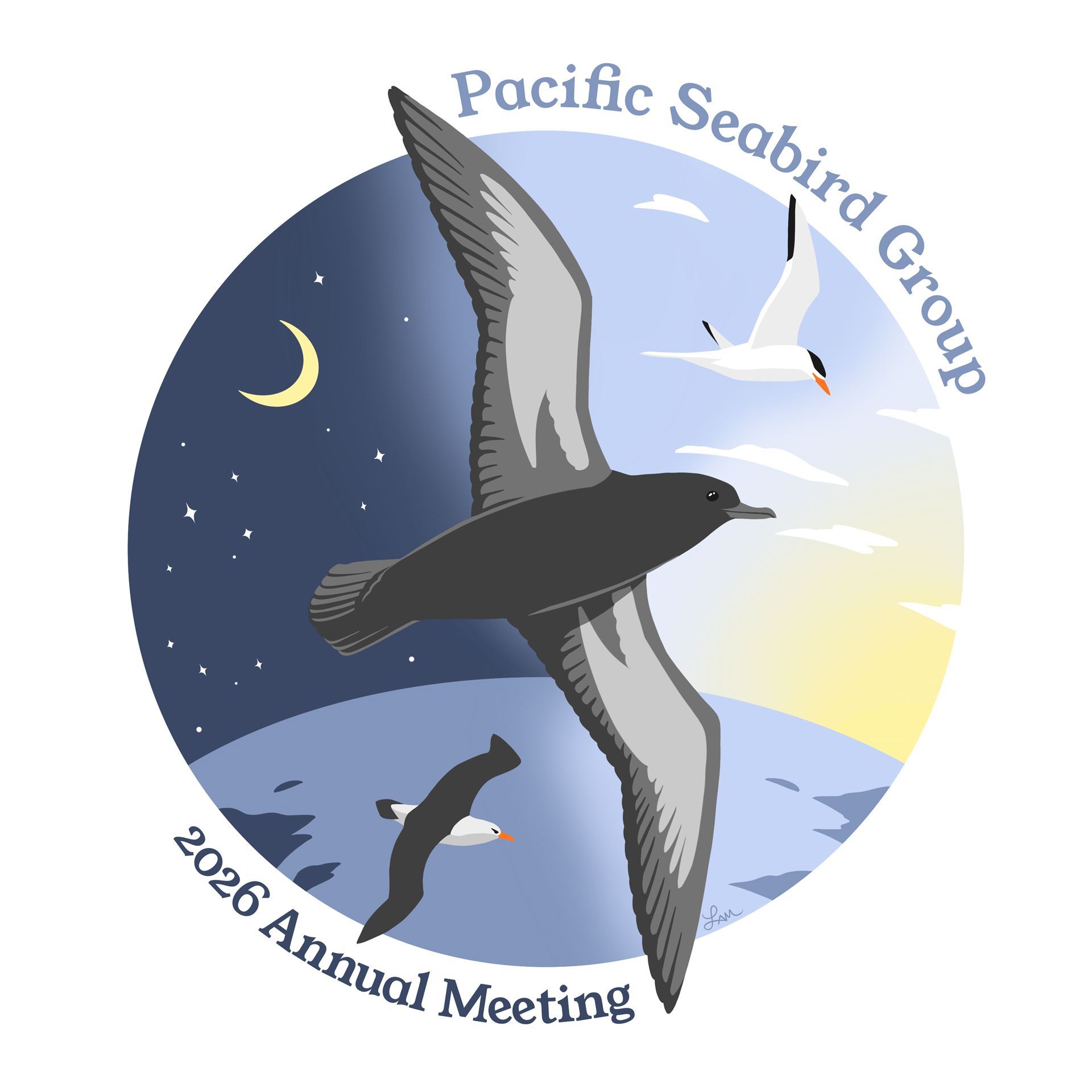
“The Scientific Program Committee of the 2026 Pacific Seabird Group Annual Meeting is now accepting proposals for workshops, symposia, and round-tables to be held at the virtual meeting scheduled for the week of February 23-27, 2026. In addition, the Awards Committee is now accepting nominations for 2025 recipients of PSG's Lifetime Achievement Award and Special Achievement Award.
This meeting will be held fully online and will be themed around "Seabirds: Connecting Oceans, Islands, and People." We are excited to hold a fully online conference for the first time since 2021, and we hope that this meeting will increase access opportunities to all of our membership while reducing the environmental costs of our annual meeting.
The deadline for meeting proposals and award nominations is 01 September 2025.
Click here to submit your workshop, symposia, and/or round-table proposal.
Workshops are hands-on learning exercises where participants engage in a mix of lectures and activities and leave with some new skill or knowledge set. Examples might include navigating software like R, eBird, or Raven; learning emerging ornithological techniques, such as tracking devices, Motus, and passive acoustic monitoring; gaining insights into how to write a successful grant proposal or prepare a paper for publication; and becoming familiar with bird education curricula through hands-on activities and demonstrations.
Symposia are an opportunity for an integrated synthesis of a new or timely topic or theme that will have broad appeal at the conference. Organizers are expected to invite speakers that will share new findings and insights and provide diverse perspectives and voices. The invited talks within a symposium should be focused around a central theme or question and allow for thorough coverage of that topic.
Round-tables are open forum discussions on predetermined ornithological topics, with one or more moderators. Participants are given equal rights to discuss, share ideas and information, and debate, in an organized and respectful way. Example topics include conservation strategies, emerging threats, and more.
Contact the Scientific Program Chair, Don Lyons (
We are also seeking nominations for two awards to be conferred at this year's meeting:
PSG Lifetime Achievement Award - A seabird researcher, educator, or conservationist who has made significant, long-term contributions to seabird science, conservation and education in the Pacific Ocean or the world.
PSG Special Achievement Award - An individual who has performed outstanding, long-term service for the Pacific Seabird Group, or who has achieved an outstanding and significant exemplary accomplishment for the betterment of seabird research, education, and/or conservation, or both.
To submit a nomination, please e-mail the Past Chair, Juliet Lamb (
John Cooper, Emeritus Information Officer, Agreement on the Conservation of Albatrosses and Petrels, 29 August 2025

 English
English  Français
Français  Español
Español 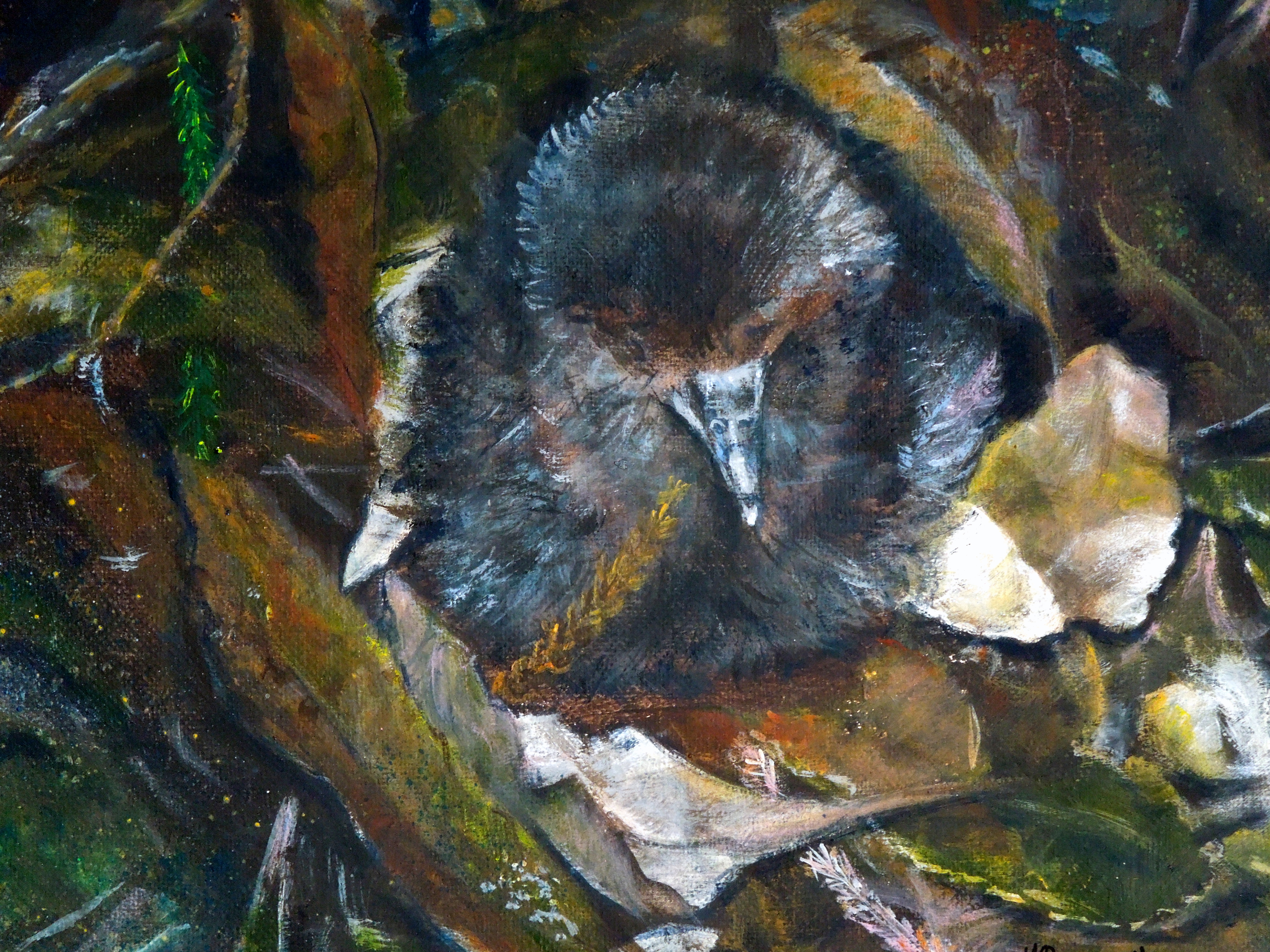
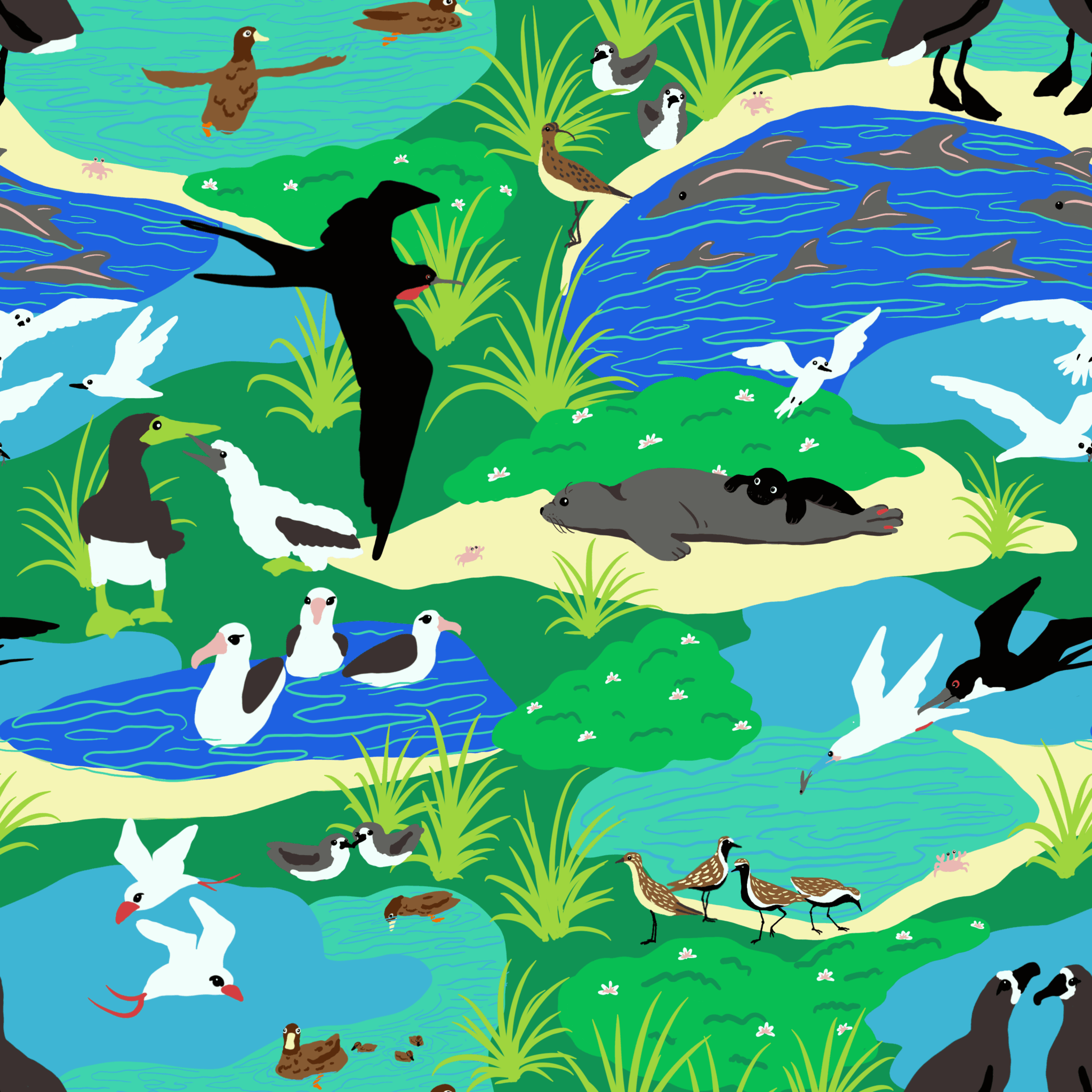
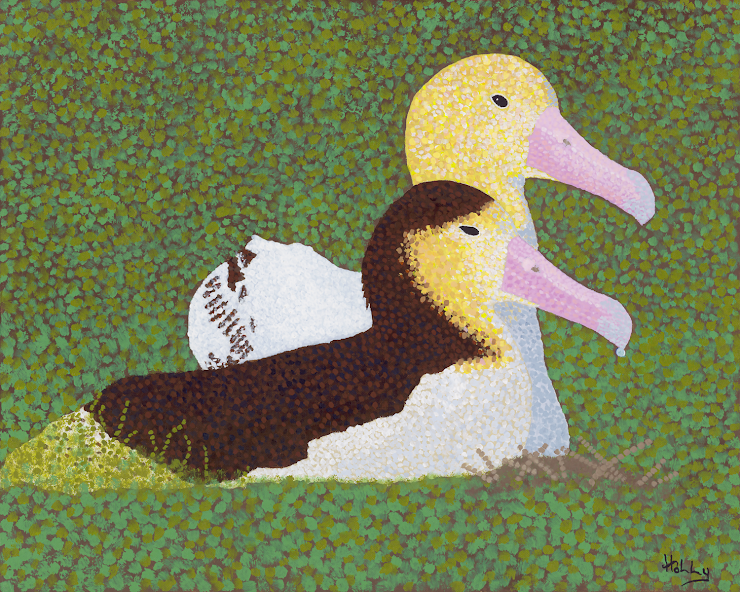
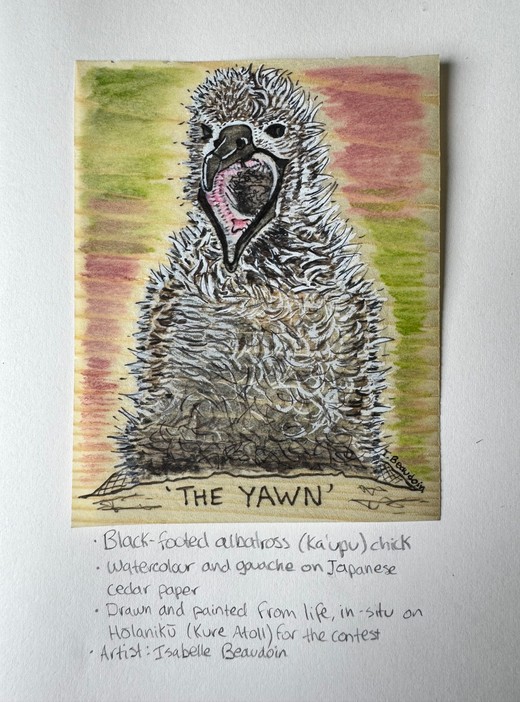
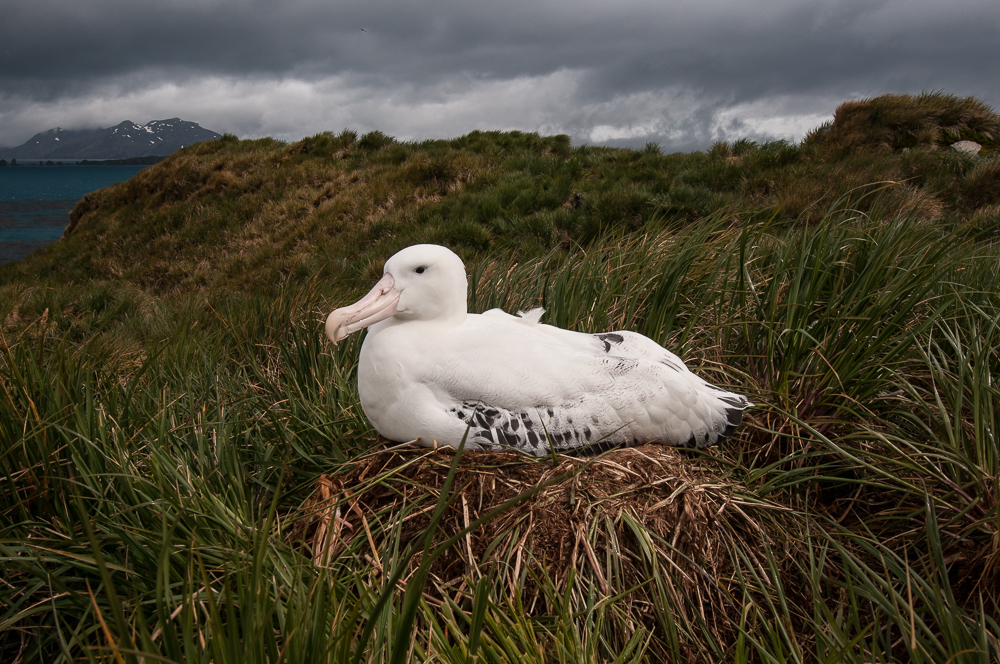 A breeding Wandering Albatross on Prion Island, photograph by Anton Wolfaardt
A breeding Wandering Albatross on Prion Island, photograph by Anton Wolfaardt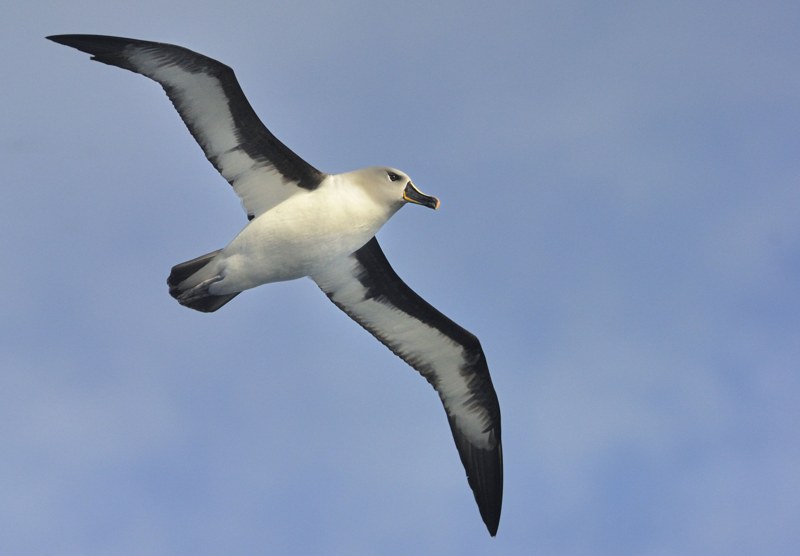 Grey-headed Albatross at sea, photograph by Kirk Zufelt
Grey-headed Albatross at sea, photograph by Kirk Zufelt